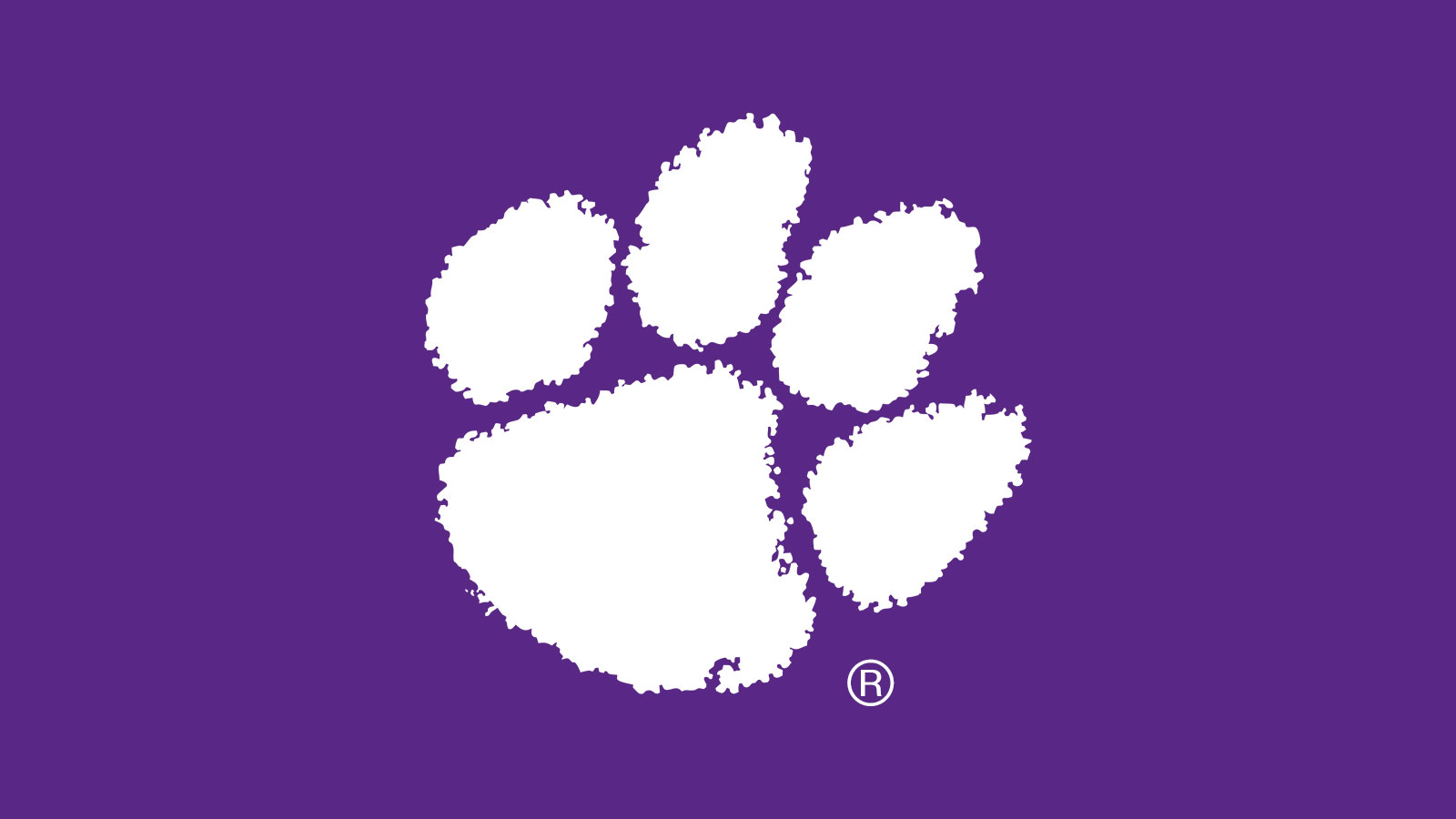CLEMSON — More than 65 Clemson University students will present at the third annual Summer Creative Inquiry and Undergraduate Research Showcase at the Watt Family Innovation Center Tuesday, Aug. 20.
Baylee Westbury, a senior microbiology major from Hanahan, said she is looking forward to sharing her research with showcase attendees. Her project, “Human Artificial Chromosomes as a Platform for Multiplexed Expression of CRISP-Based Genetic Recording System,” started in August 2018.
“I will talk to anyone about my research,” Westbury said. “I love the process of explaining it. The more I tell people about it, the more I can think about new opportunities for the research.”
Westbury has spent her summer working with plasmids, circular pieces of DNA, to conduct DNA isolation and study the process of building artificial chromosomes. She credits her faculty mentor, Marc Birtwistle, with being one of the best parts of the summer research experience.
“My [principal investigator] has been the best part of it all,” Westbury said. “He has given me the reins to be myself in the lab and be independent.”
Leading teams in hands-on research is a key benefit to the summer Creative Inquiry experience, said Althea Hotaling Hagan, a faculty mentor in the forestry and environmental conservation department. Her students’ research, “Longleaf Pine Restoration at a Camden Battlefield Preserve,” aims connect the present with the past. Hagan’s two undergraduate students, Savannah Seeber from Mount Pleasant and Rachel Parnell of Simpsonville, are assisting with the process of restoring the understory of longleaf pines at the site of a Revolutionary War battle from 1776.
Seeber cannot say for certain what she plans to do post-graduation, but she knows she wants to work in an environmental field and that taking her summer to engage with a Creative Inquiry project was the right choice for her undergraduate career.
“I wanted to understand more about the restoration process, and I had so many questions that I felt I needed hands-on experience to really be able to answer,” she said. “I know that the experience I gained from this CI project will help make me a competitive candidate for any of the environmental jobs I choose to apply for.”
Faculty mentors nominated students for the summer research experience, and after submitting applications, 66 students were selected by a review committee.
Creative Inquiry is a big draw for Clemson University, said assistant professor Cathy Jachowski, who is mentoring a project focused on water quality parameters in artificial and natural breeding habitats of the Eastern Hellbender salamander. The opportunity for students to engage in experiential education, earn course credit and add new and diverse experiences is a win-win situation for everyone involved.
“It’s an enjoyable and rewarding experience,” Jachowski said. “It’s inspirational to see the students’ commitment to their research.”
Matthew Turnbull, associate professor of biological sciences, echoes Jachowski’s sentiments.
“Out of any innovation [at Clemson], CI is the most positive and effective for giving students the opportunity to grow,” Turnbull said.
Turnbull’s summer research projects, both focused on insect physiology, gave students the chance to work in the lab and engage with their research and peers on new levels.
“Summer research has more focus and better, fuller resource allocation,” he said. “CI research brings vitality, energy and vibrancy to the labs.”
The opportunity to work through the summer gives students a more well-rounded academic experience.
“Creative Inquiry offers students sustained engaged learning experiences,” said Cora Allard-Keese, associate director of Creative Inquiry and Undergraduate Research. “The CI & UR Program is a great way to offer students a paid avenue to engage in their research projects more independently throughout the summer.”
Other summer Creative Inquiry projects that will be on display include:
- “Applying Organizational Science to Heal Healthcare: A Multilevel Study of Culture, Engagement and Well-Being”
- “Sustaining Nutrition for Crews During Long Duration Space Travel”
- “Save Your Breath! A Low-Cost Oxygen Concentration Sensor”
- “Evaluation of Swine Mammary Glands: A Model for Development, Cancer and Environmental Cues”
The symposium, which will also serve as Creative Inquiry’s fall kickoff event, will feature digital and paper posters in two different sessions; session one begins at 11 a.m. and session two begins at 1 p.m. For more information on Creative Inquiry or to visit the Summer Creative Inquiry and Undergraduate Research student and faculty profiles, visit clemson.edu/ci.
Get in touch and we will connect you with the author or another expert.
Or email us at news@clemson.edu

